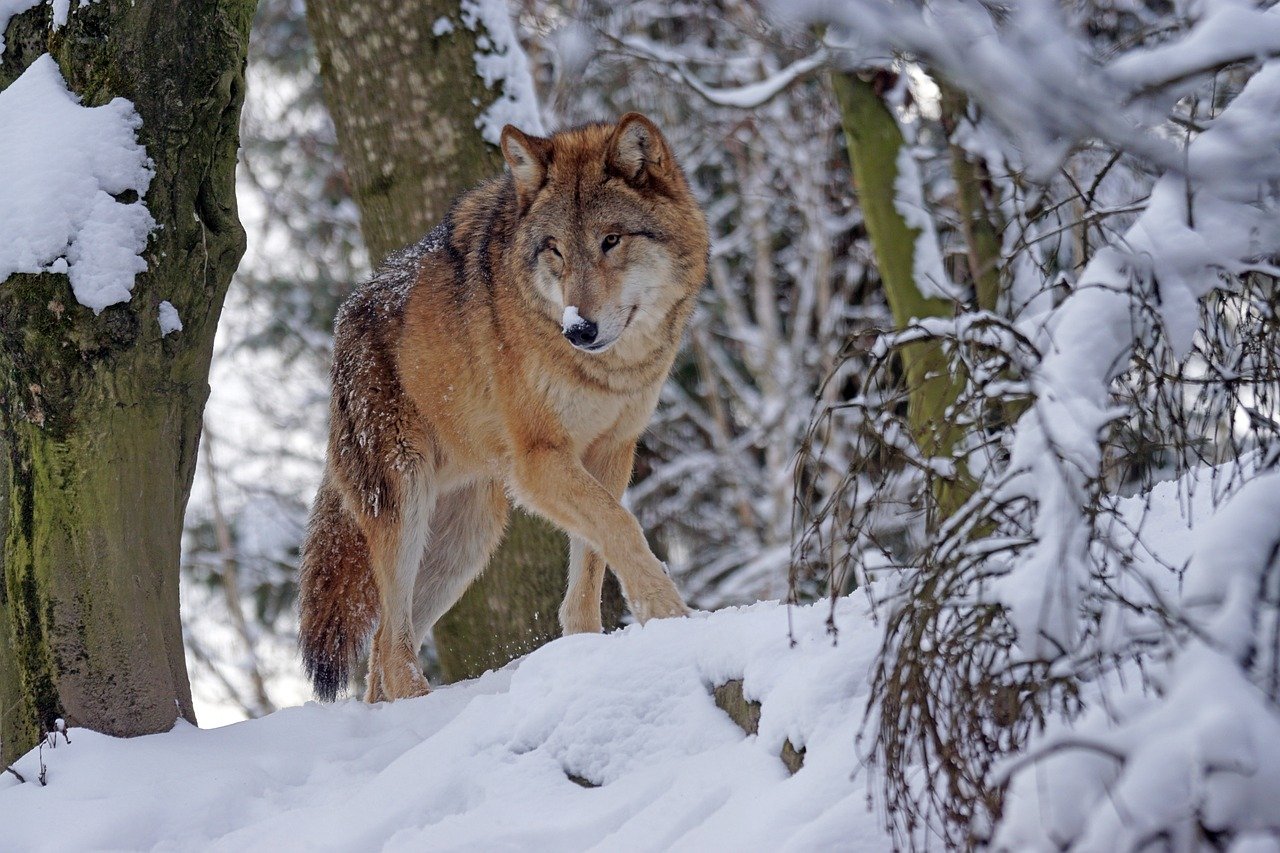Montana’s wild wolves are not just the iconic creatures prowling through the forests and open spaces of the state; they are vital players in the delicate ecological balance that sustains the region. These magnificent predators have long captured the human imagination, from their haunting howls to the mysterious allure of their pack dynamics. But beyond their enigmatic presence, wolves in Montana play a critical role in maintaining the health and diversity of the ecosystem. This article delves into the various ways in which these wolves contribute to the environment, exploring both the positive and negative impacts they have on the natural world.
Wolves as Apex Predators
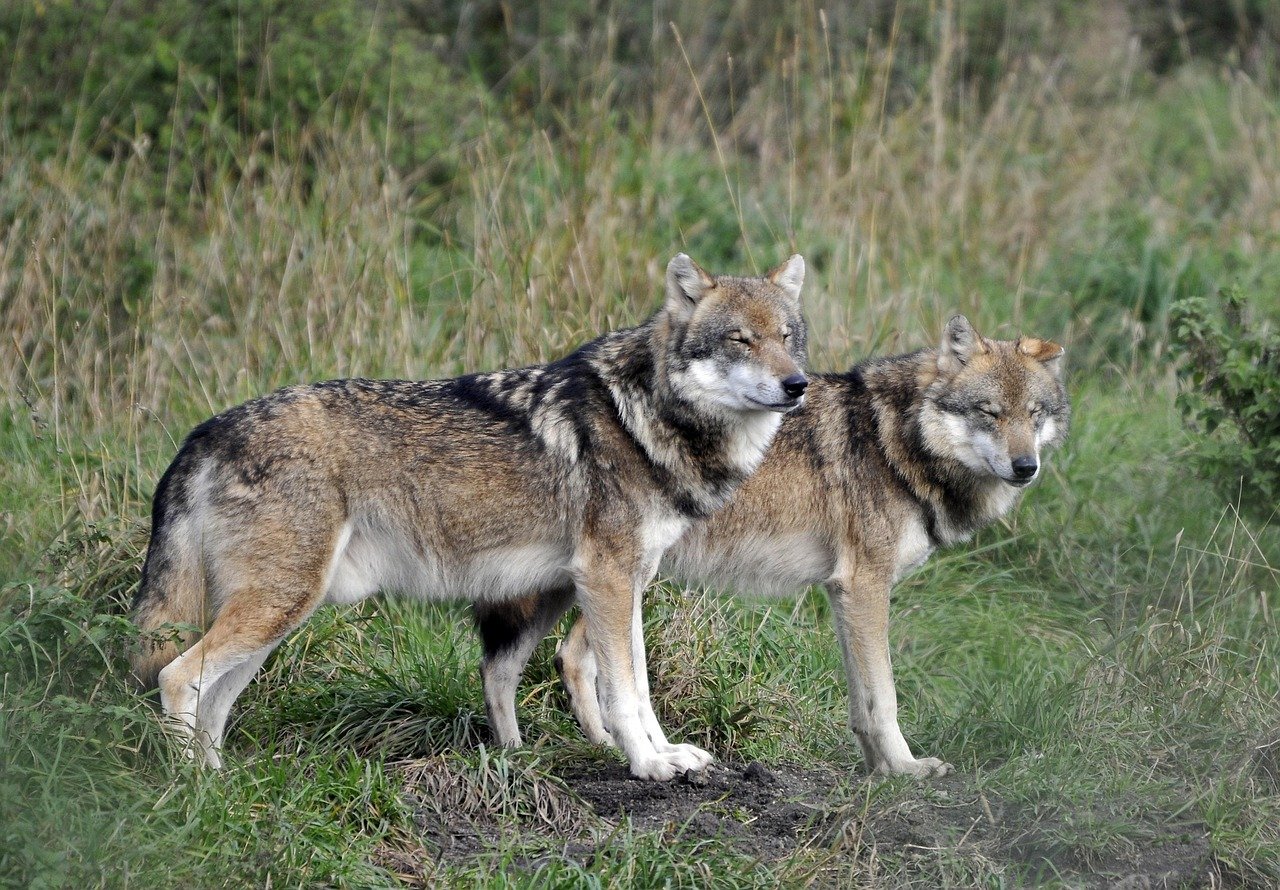
As apex predators, Montana’s wolves sit at the top of the food chain, playing a crucial role in regulating the populations of their prey. By preying on species such as elk, deer, and moose, wolves help to maintain a balance in the ecosystem. Without predators like wolves, these herbivores can become overpopulated, leading to overgrazing and the degradation of vegetation. This balance is a testament to the wolves’ role as nature’s regulators, keeping prey populations in check to ensure that the landscape remains healthy and diverse.
The presence of wolves can also lead to what’s known as a “trophic cascade,” where the effects of predation ripple through the ecosystem. For instance, by controlling the number of elk, wolves allow vegetation to recover in certain areas, which can benefit other species, such as birds and insects. This cascading effect highlights the interconnectedness of the ecosystem, where the actions of one species can have far-reaching consequences. In this way, wolves contribute to a more resilient and dynamic environment.
Impact on Vegetation and Biodiversity
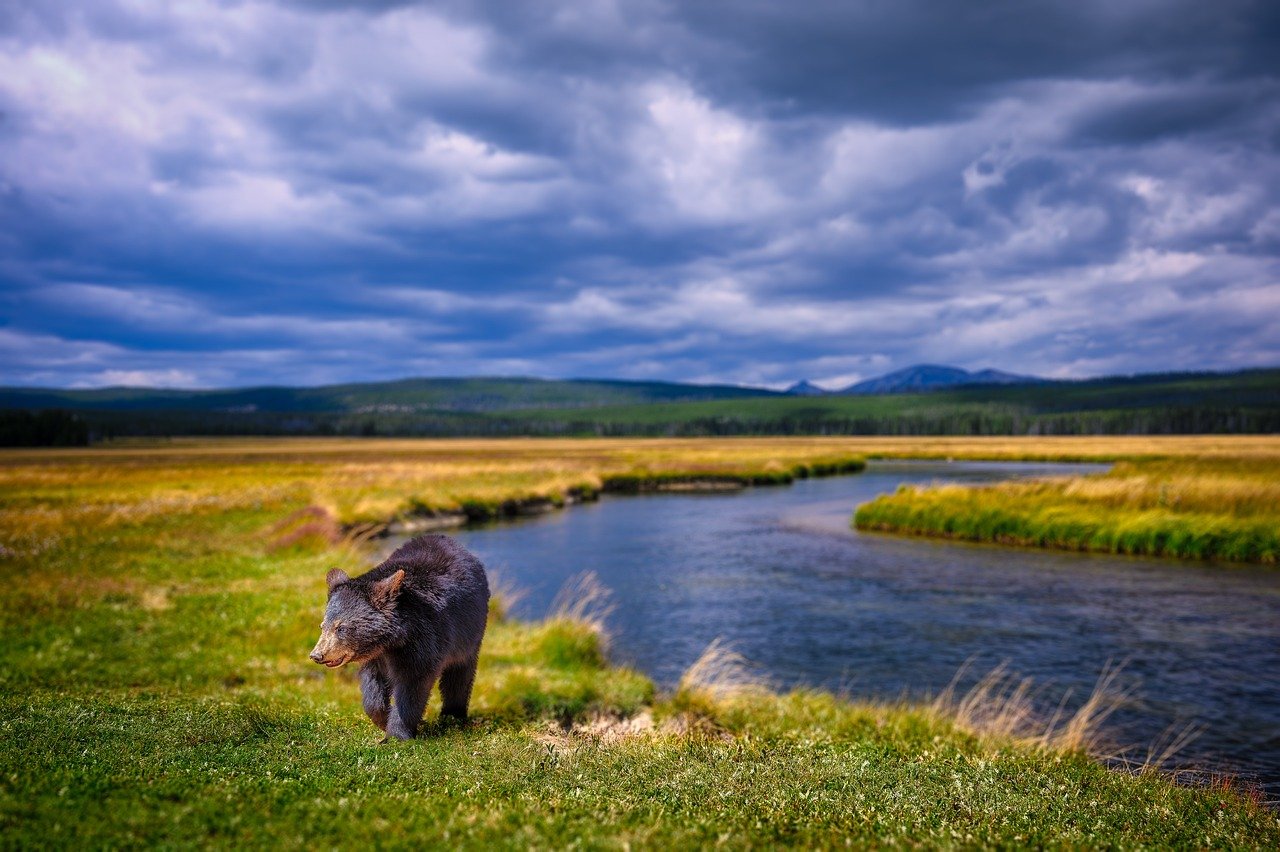
Wolves indirectly influence the health of Montana’s forests and grasslands by controlling the populations of herbivores. When elk and deer numbers are kept in check, young trees and shrubs have a better chance of survival. This allows for more diverse plant growth, which in turn supports a wider variety of wildlife. The flourishing vegetation provides food and shelter for numerous creatures, from small mammals to birds, enriching the biodiversity of the region.
Moreover, the presence of wolves encourages healthier herbivore populations. By preying on the weak and sick individuals, wolves help to strengthen the genetic health of their prey species. This natural selection process ensures that only the fittest individuals survive and reproduce, leading to a more robust animal population. As a result, the entire ecosystem benefits from the improved health and vitality of its inhabitants.
Effects on Other Predators
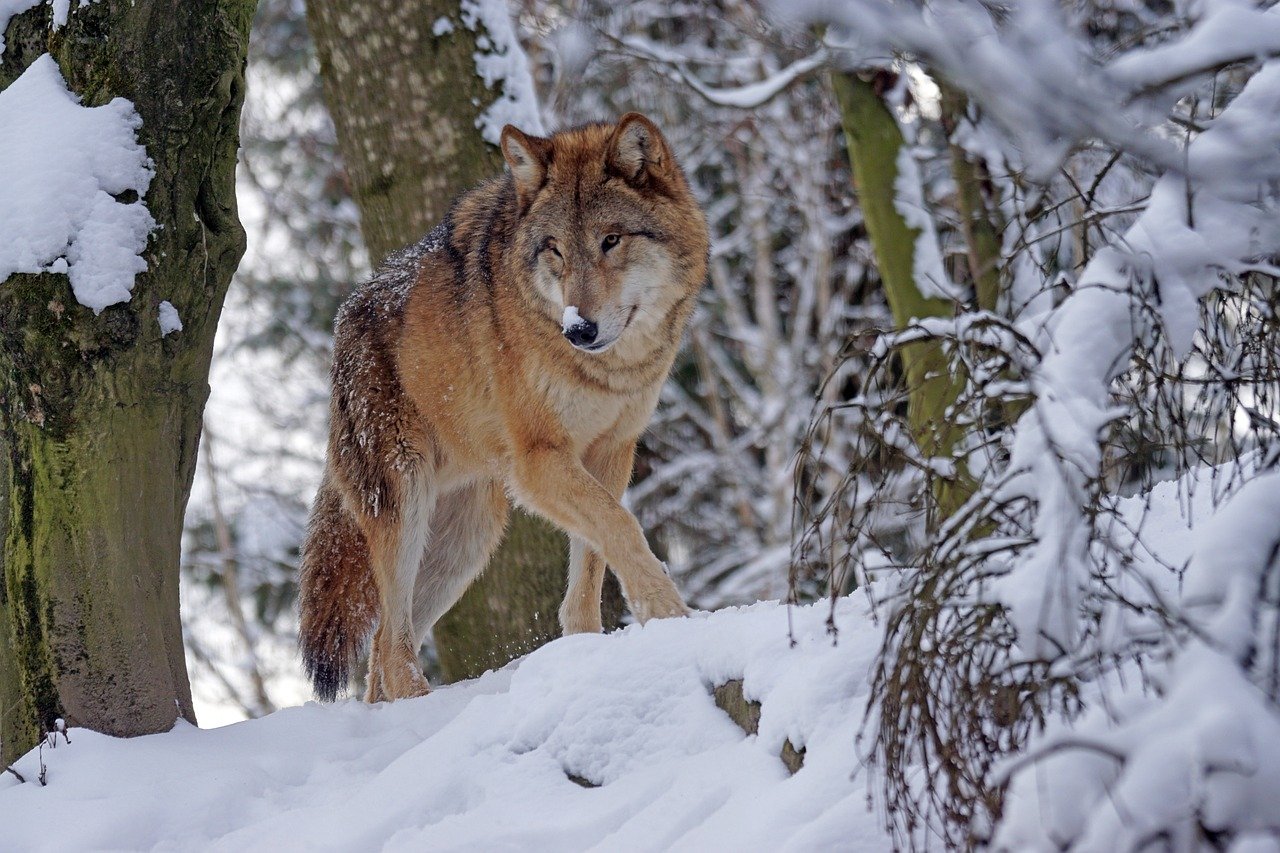
The reintroduction of wolves to Montana has had a significant impact on other predators, such as coyotes and mountain lions. Wolves are known to compete with these animals for food, and their presence can lead to changes in the behavior and distribution of other carnivores. For example, studies have shown that coyote populations tend to decrease in areas where wolves are present, as they are outcompeted for resources.
This decrease in coyote numbers can have positive effects on smaller mammals and birds, which are often preyed upon by coyotes. With fewer coyotes, these smaller species have a better chance of survival, leading to increased biodiversity. In this way, wolves indirectly contribute to the health of other predator populations and their prey, maintaining a balanced and thriving ecosystem.
Controversies and Challenges
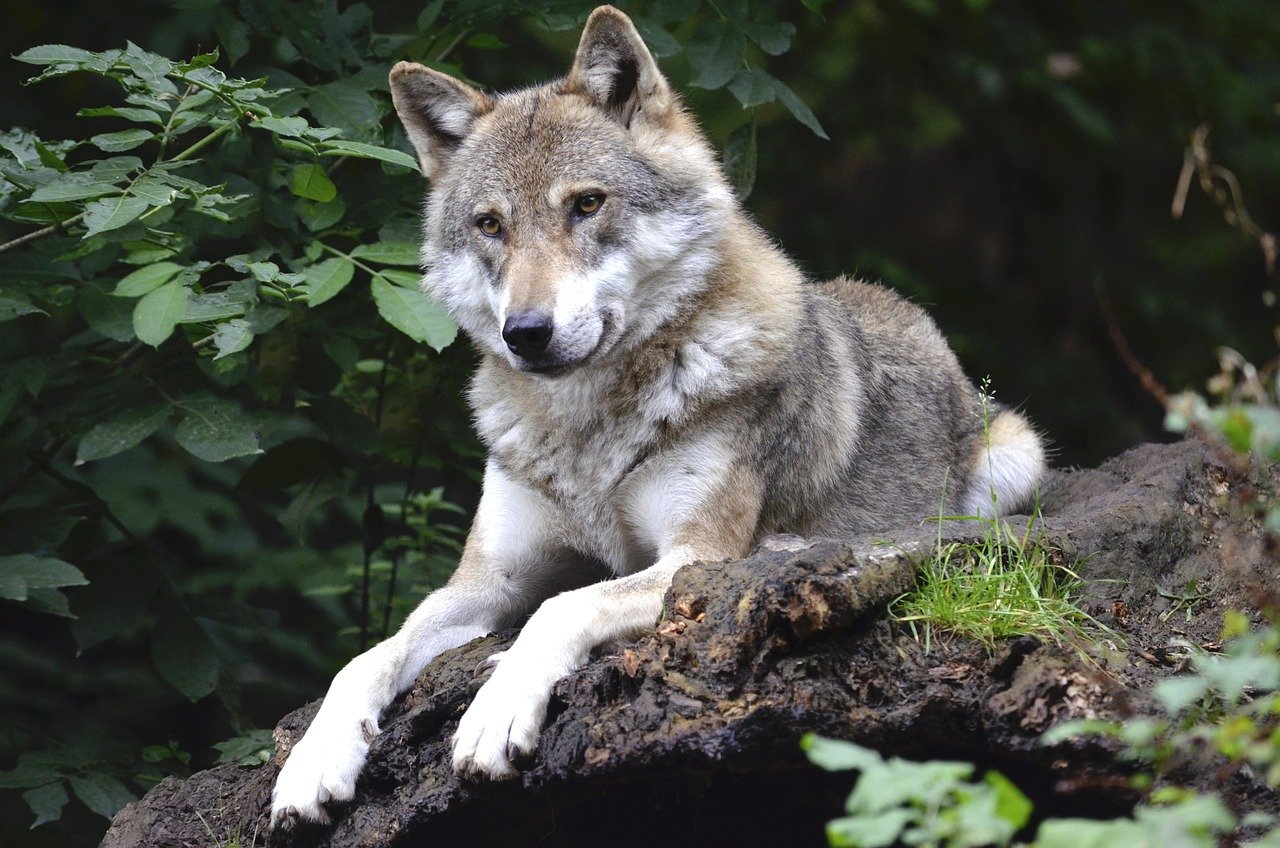
Despite their ecological benefits, wolves in Montana have been a source of controversy and conflict, particularly with ranchers and livestock owners. Wolves are known to prey on livestock, leading to economic losses for farmers and ranchers. This conflict has fueled debates over wolf management and conservation, as stakeholders weigh the benefits of wolves against the challenges they pose to human activities.
Efforts to mitigate these conflicts have included the implementation of compensation programs for livestock losses and the development of non-lethal methods to deter wolves from attacking livestock. These strategies aim to balance the needs of wildlife conservation with the interests of local communities, ensuring that wolves can coexist with human activities while minimizing negative impacts.
Conservation Efforts and Management
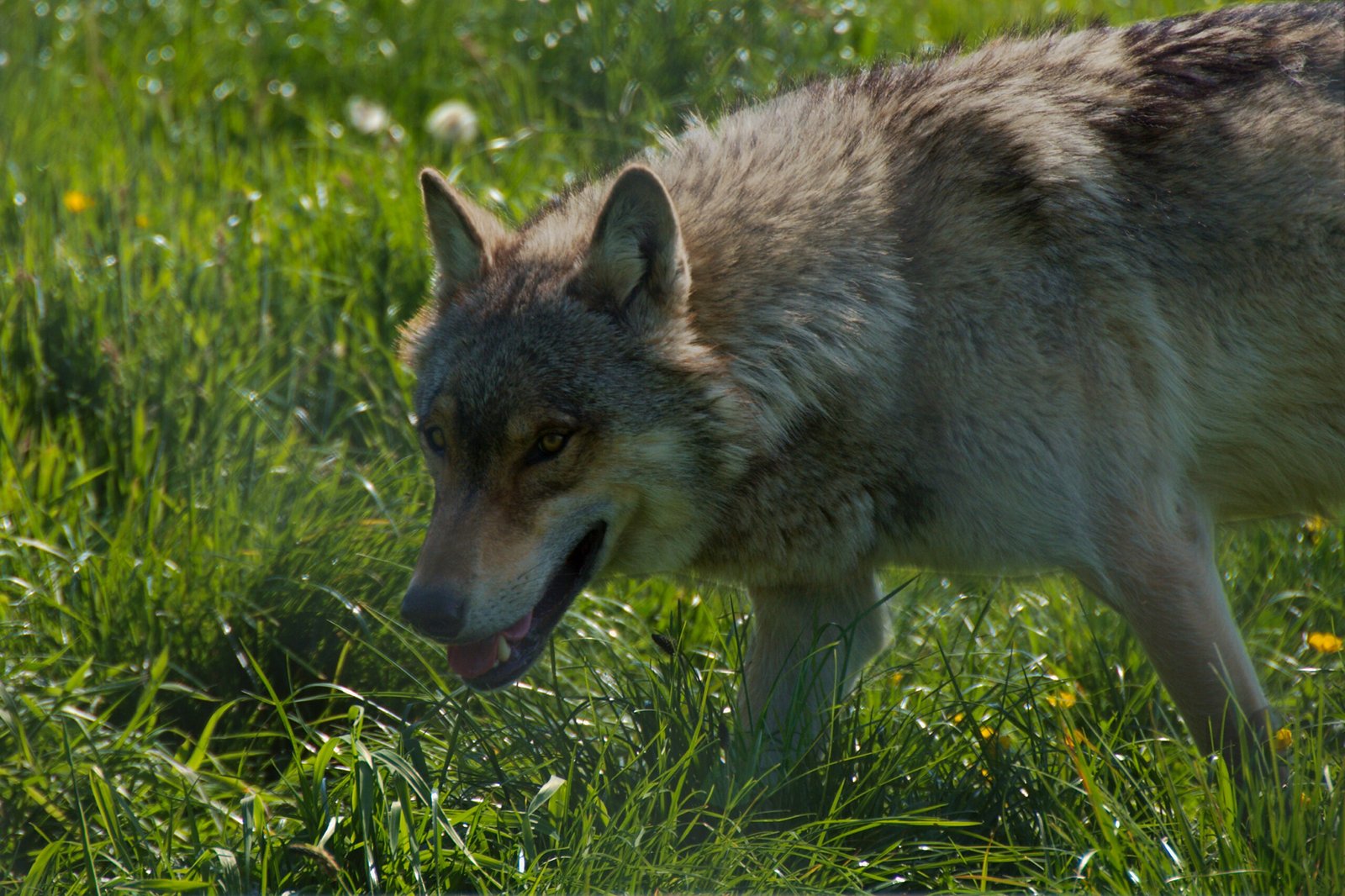
The conservation and management of Montana’s wild wolves involve a delicate balancing act between preserving the species and addressing human concerns. State and federal agencies, along with conservation organizations, work to monitor wolf populations and implement management plans that consider both ecological and socio-economic factors. These efforts aim to ensure the long-term survival of wolves while minimizing conflicts with humans.
Public education and community engagement are also essential components of wolf conservation efforts. By raising awareness about the ecological importance of wolves and promoting coexistence strategies, these initiatives help to build support for wolf conservation among local communities. Through collaboration and dialogue, stakeholders can work together to find solutions that benefit both wolves and people.
Wolves and Human Perception
The perception of wolves has evolved over time, with these animals often portrayed as villains in folklore and popular culture. However, increased awareness of their ecological role has led to a shift in public perception, with more people recognizing the importance of wolves in maintaining healthy ecosystems. This changing attitude reflects a growing appreciation for the complexities of nature and the need to protect its delicate balance.
Nevertheless, misconceptions and fear still persist, particularly in communities directly affected by wolves. Addressing these misconceptions through education and outreach is crucial for fostering a more informed and balanced view of wolves. By promoting understanding and empathy, society can work towards a future where wolves are valued for their contributions to the environment and coexist peacefully with humans.
The Role of Scientific Research
Scientific research plays a vital role in understanding the impact of wolves on Montana’s environment. Studies on wolf behavior, ecology, and interactions with other species provide valuable insights into their role in the ecosystem. This research informs management decisions and conservation strategies, ensuring that they are based on sound scientific evidence.
Ongoing research also helps to identify emerging challenges and opportunities for wolf conservation. By staying informed about the latest findings, stakeholders can adapt their approaches to address new issues and capitalize on opportunities for collaboration. Through continued research and innovation, the scientific community contributes to the sustainable management of Montana’s wild wolves.
The Future of Wolves in Montana
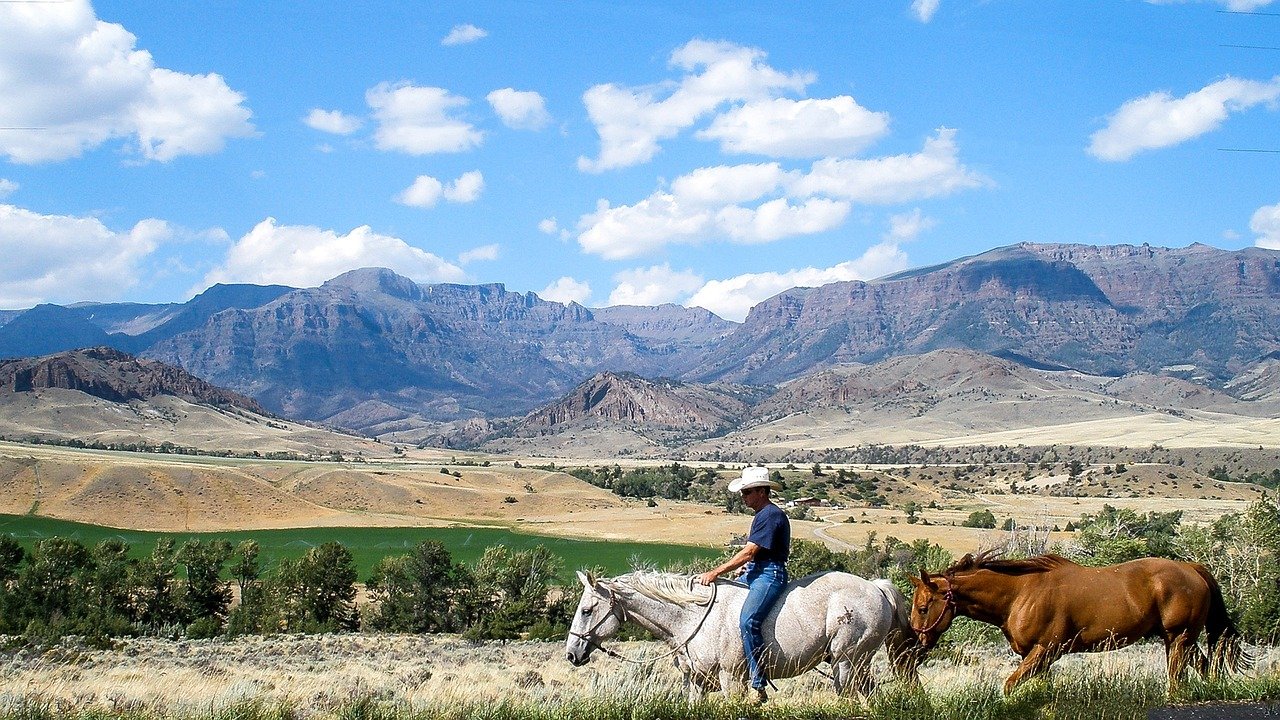
The future of Montana’s wild wolves depends on a combination of effective management, conservation efforts, and public support. As the state continues to navigate the challenges and opportunities associated with wolf conservation, collaboration among stakeholders will be essential. By working together, communities, scientists, and policymakers can ensure that wolves remain an integral part of Montana’s natural heritage.
Through ongoing dialogue and cooperation, society can create a future where wolves are respected and valued for their ecological contributions. By fostering a deeper understanding of their role in the environment, we can build a more harmonious relationship with these remarkable creatures, ensuring that they continue to thrive in Montana’s landscapes for generations to come.

Andrew Alpin from India is the Brand Manager of Doggo digest. Andrew is an experienced content specialist and social media manager with a passion for writing. His forte includes health and wellness, Travel, Animals, and Nature. A nature nomad, Andrew is obsessed with mountains and loves high-altitude trekking. He has been on several Himalayan treks in India including the Everest Base Camp in Nepal.

